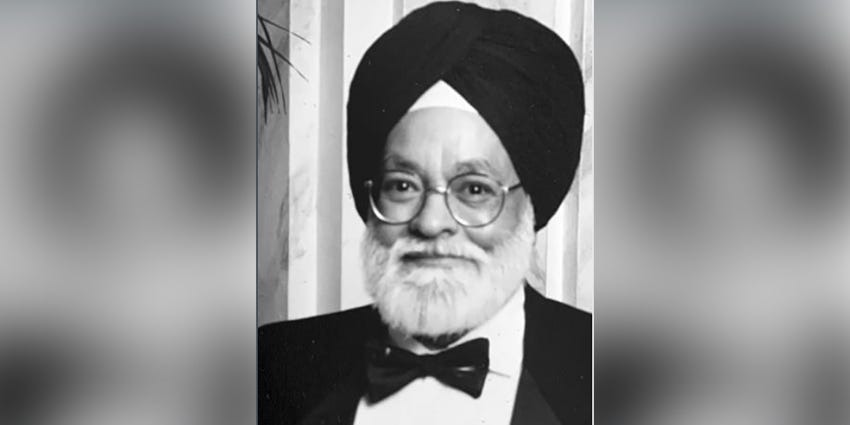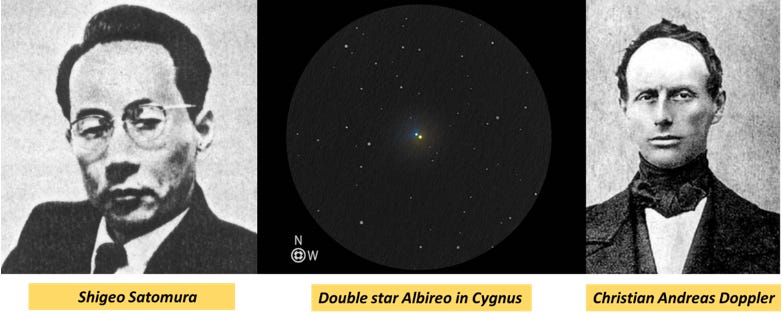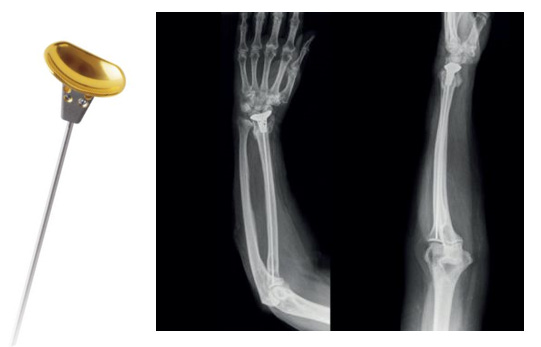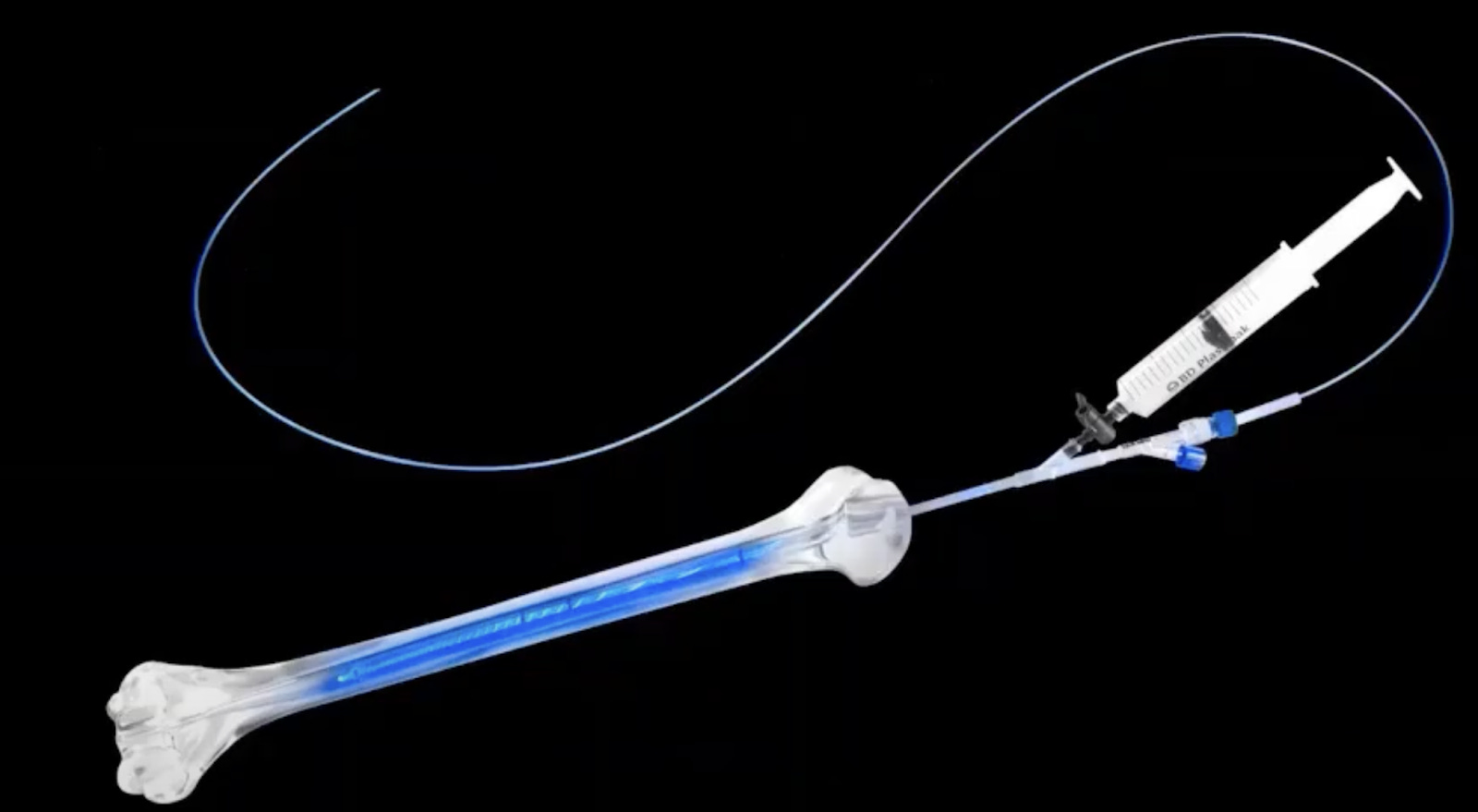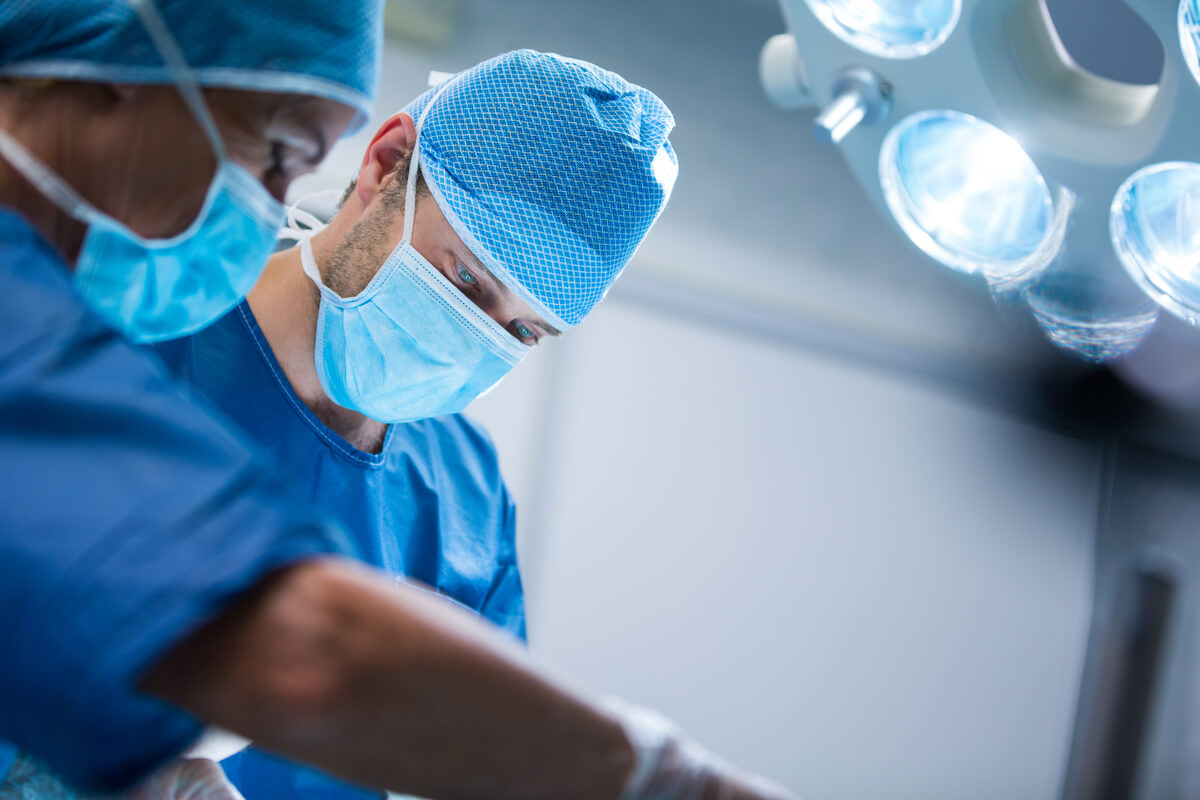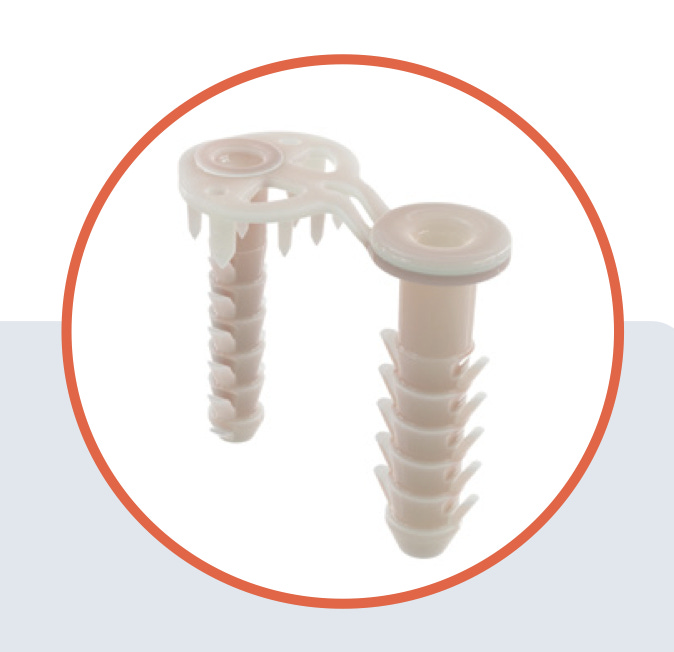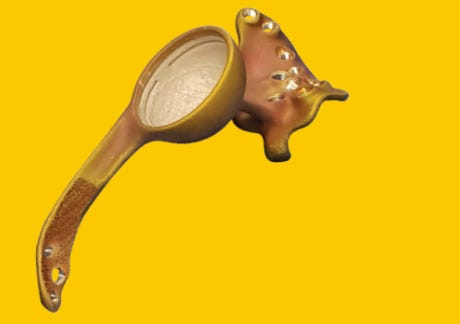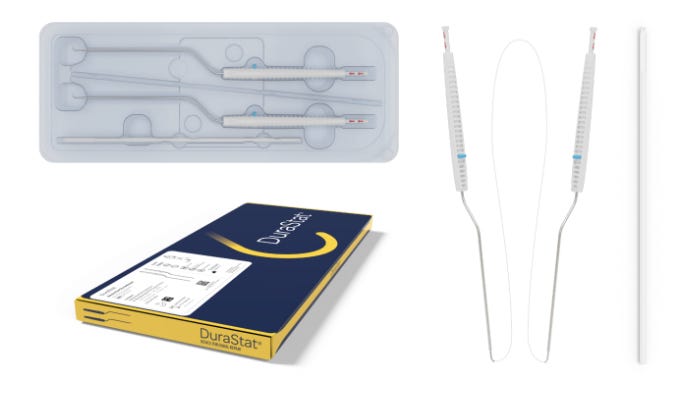Maintain the Golf ball on the Tee
Time to stay updated on Shoulders
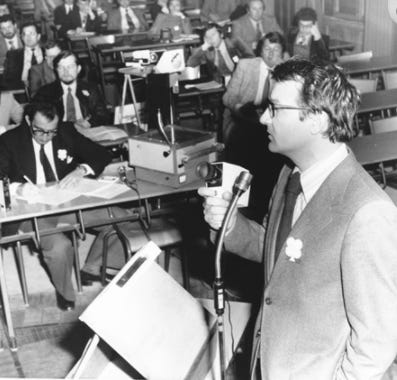
HyLa - Hyaa! Will this bridge the arthrolatarjet and the open ones?
Everyone and their mum want to do scopy nowadays. Even my plumber brings a scope to look into pipes and crevices. We can all agree that arthroscopy has done wonders in shoulder surgery. Excellent visibility, sometimes better than open procedures, good maneuverability, and excellent soft-tissue handling. But some procedures can get too difficult too soon and frustrate even the experienced. One among them is Latarjet.
Arthroscopic Latarjet has a significant learning curve and is advisable to perform in high-volume centers with experienced arthroscopists. But that’s where ‘HyLa’ by Newclip Technics comes into the picture. It is the Hybrid Latarjet instrumentation. It aids in a mini-open technique of graft positioning which is usually the most difficult part arthroscopically. This has advantages where it can be combined with concomitant arthroscopic procedures.
Also, it can make use of a posterior arthroscopic portal, to check articular reduction and to allow a remplissage if needed. Note that it needs open coracoid harvesting.
To the man who defied Anatomy:
In a world where cries to be anatomical are loud, there was a man who stood tall pointing out the inherent flaws of nature and dared to correct it.
In his own words “It is useless to search for an anatomic solution, as this very anatomical system led to failure’’
Yes, we are talking about Paul Grammont
He is one more legend that Lyon gave us. Tutored by Professor Albert Trillat, Grammont revolutionized the management of cuff arthropathy. His career has seen all highs and lows. Grammont’s way of sailing through the tides is nothing short of an inspiration.
He began medical studies in Lyon. He first became the fellow and then assistant of Professor Albert Trillat, head of the orthopaedic department in Lyon that was particularly well-known for knee and shoulder surgery. Encouraged by Albert Trillat, he became a Professor of Orthopaedic Surgery at 34 years.
He was a skilled handyman and began many of his biomechanical experiments on the knee and the shoulder. In 1985, Grammont designed a reverse prosthesis for cuff arthropathy. The concept by Grammont was a major step forward as previous constrained prostheses (ball and socket or reverse ball and socket designs) all failed because their center of rotation remained lateral to the scapula, which limited motion and produced excessive torque on the prosthesis-bone interface of the glenoid component, leading to early loosening.

Dual plating for highly comminuted proximal humerus fractures - Surgical Pearl:
-
Delto-pectoral exposure is done
-
Long head of the biceps is released from the supraglenoid tubercle.
-
Both direct and indirect reduction under image amplifiers is performed.
-
Proximal humerus locking compression plate is positioned lateral to the bicipital groove and a cortical screw is applied.
-
The upper arm was rotated internally with 90° abduction for maximum exposure of the posterior aspect of the humerus afterward.
-
An additional locking compression plate is positioned posterior to the greater tubercle.
-
This plate buttresses the posterior cortex and prevents varus collapse and anterior-posterior angulation
-
Check the detailed procedure here if you are going to try

Should we screen Frozen Shoulder cases for Diabetes?
In a study by Rai et al., where 135 patients with frozen shoulders were screened for Diabetes Mellitus; it was noted that 21 (15.5%) patients with idiopathic adhesive capsulitis of the shoulder were found to be prediabetic, and 37 (27.4%) patients were found to be diabetic.
When his shoulder is frozen, he might well be a diabetic!

First time dislocaters - Immobilization in the Eiji Itoi way
In 18 month follow-up study by Eiji Itoi et al. where 104 first time dislocaters were immobilized in External Rotation and 94 of them in conventional Internal Rotation, it was noted at 35% follow-up rate with 56 patients, the number of surgically stabilized patients was 3 of 27 (11%) in the ER group and 10 of 29 (34%) in the IR group (p=0.038). Adding the surgical cases and those with the SANE score ≤70% as failure cases, the failure rate in the ER group (26%) was significantly lower than that in the IR group (52%) (p=0.048).
Will the Eiji Itoi way be the future?

Answer to the last month Question
First-time shoulder dislocation in a young individual! Conserve or operate?
Based on a meta-analysis of Level 1 RCTs by Belk et al. patients, particularly active men in their 20s and 30s, undergoing treatment for a first-time anterior shoulder dislocation with a surgical stabilization procedure can be expected to experience significantly lower rates of recurrent instability and a significantly decreased need for a future stabilization procedure when compared with patients treated nonoperatively
Check these interesting events lining up!
-
Back to basics - Principles of Orthopaedics Online Course
-
AOSSM Annual Meeting, Colorado Springs, United States.
Question of the Month?
Which injection treatment method do you think works the best in Tennis Elbow?
1. Steroid Injection
2. Local Anesthetic Injection
3. PRP Injection
4. Autologous Blood Injection
5. Hyaluronic acid Injection
6. Saline Injection
Well, Keep guessing till the next issue.
Wishing you guys a wonderful April!









